Yoga Asana of the day: Padmasana
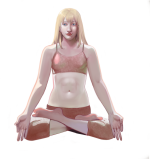
Illustration by @Heather (click to enlarge)
Start in a seated position, legs in front of you. Bend the right leg and use your hands to place the foot at the top of the left thigh, the heel should be near the navel and the sole will be facing up. Bend the left leg and use your hands to place your left foot over the right, also at the top of the thigh with the heel near the navel and the sole facing up. Remain in the position as comfortable with the back erect, then release the legs, gently move them around, and repeat with the legs reversed (left leg first).
Hands can be on knees with fingers in Gyan mudra, or palms facing up (one hand in the other) in the middle of where your feet cross.
This can be difficult at first to perform, and takes time for the knees and hips to gain the needed flexibility. Practicing the various pigeon poses and other hip-opening asanas will help prepare the hips for this pose. Never strain your knees, think of this asana as a long-term goal, even if it takes a few years of practice. In the beginning, practice with one leg at a time, with the other remaining straight out or bent, however is comfortable for your body; and then repeat on the other side.
Benefits: This asana is beneficial for those who are heavy in the Earth element or otherwise feel stagnant and heavy (Kapha); it will help you reach a lighter and higher state of meditation. Padmasana when correctly performed helps the kundalini energy reach the Crown chakra. This asana is beneficial for the knees and ankles, spine, lumbar region, abdomen.

Illustration by @Heather (click to enlarge)
Start in a seated position, legs in front of you. Bend the right leg and use your hands to place the foot at the top of the left thigh, the heel should be near the navel and the sole will be facing up. Bend the left leg and use your hands to place your left foot over the right, also at the top of the thigh with the heel near the navel and the sole facing up. Remain in the position as comfortable with the back erect, then release the legs, gently move them around, and repeat with the legs reversed (left leg first).
Hands can be on knees with fingers in Gyan mudra, or palms facing up (one hand in the other) in the middle of where your feet cross.
This can be difficult at first to perform, and takes time for the knees and hips to gain the needed flexibility. Practicing the various pigeon poses and other hip-opening asanas will help prepare the hips for this pose. Never strain your knees, think of this asana as a long-term goal, even if it takes a few years of practice. In the beginning, practice with one leg at a time, with the other remaining straight out or bent, however is comfortable for your body; and then repeat on the other side.
Benefits: This asana is beneficial for those who are heavy in the Earth element or otherwise feel stagnant and heavy (Kapha); it will help you reach a lighter and higher state of meditation. Padmasana when correctly performed helps the kundalini energy reach the Crown chakra. This asana is beneficial for the knees and ankles, spine, lumbar region, abdomen.


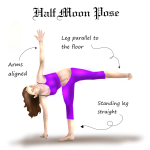
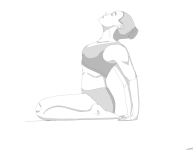
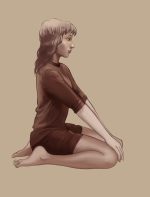
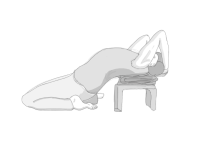


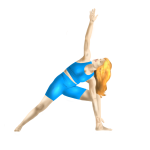
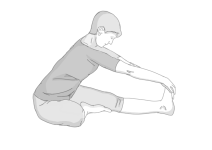
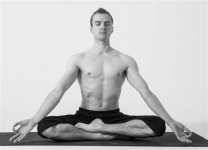



Reactions: Dragonheart666, AristocraticDragon666 and High Priestess Lydia